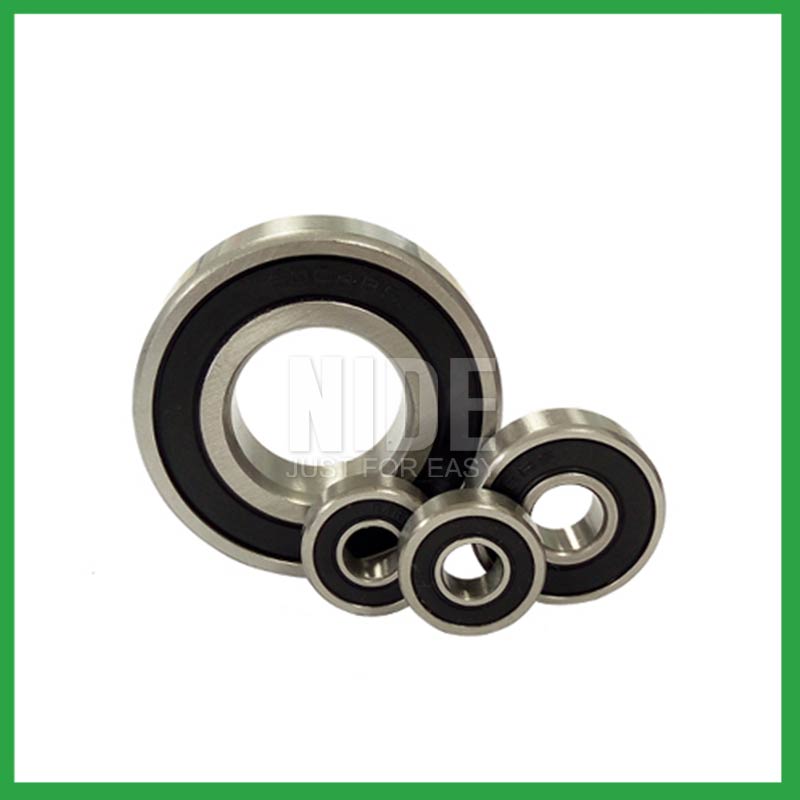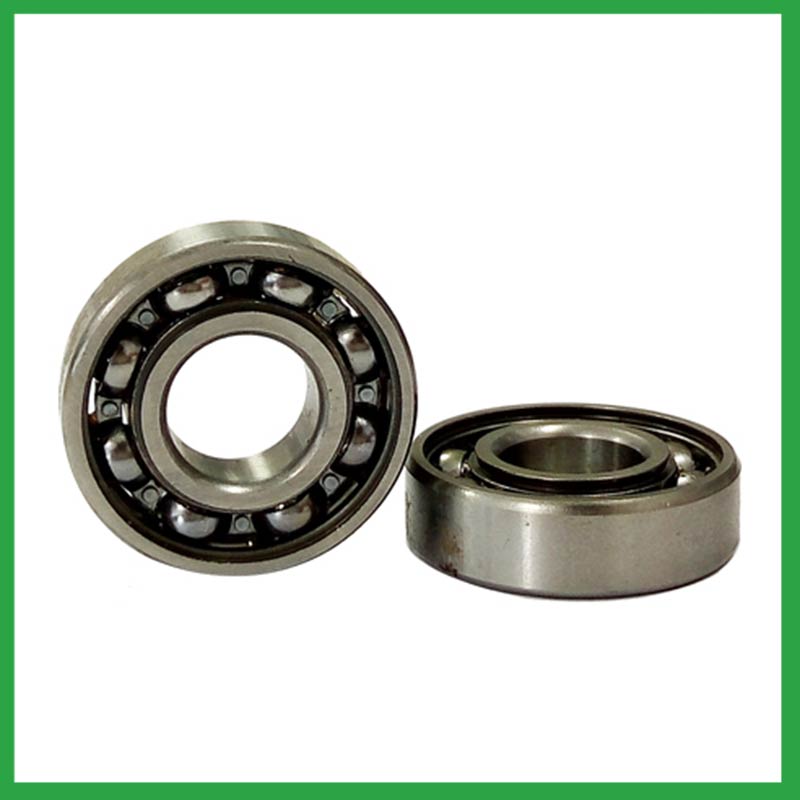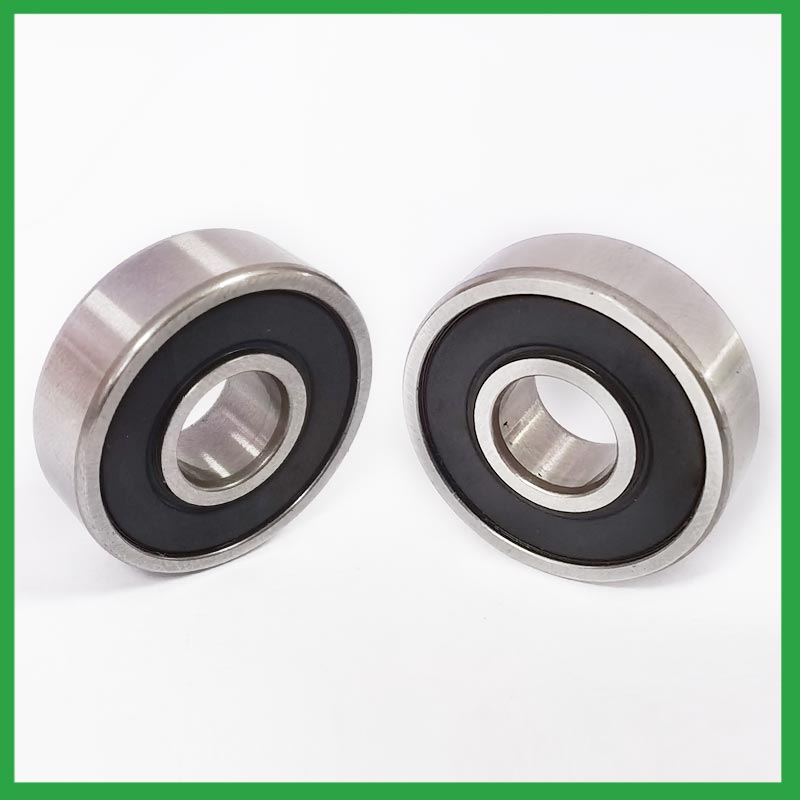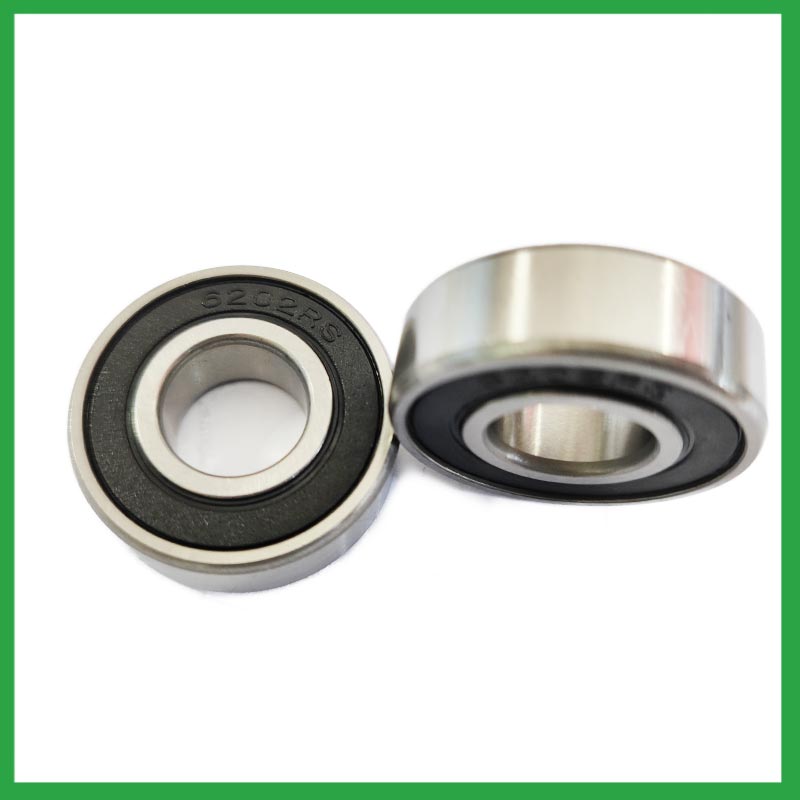PRODUCTS
CONTACT US
Ningbo Nide International Co., Ltd.
一一
· Contact person:Jack Zeng
· Mob/Whatspp/WeChat:0086-13738869026
· Email:emarketing@nide-group.com;marketing4@nide-group.com
· Add:No. 169, Wohushan Road, Daqi Subdistrict, Beilun District, Ningbo, China

Nide team could manufacture ball bearing as per customer’s drawing and samples.
If customer only has samples, we could also design drawing fo r our customer.
We also provide customized service.
Our ball bearing is widely applied the different industrials.
Ningbo Haishu Nide International is located in the beautiful sea shore city--Ningbo, taking the advantage of advanced industries hub, perfect supply chain and convenient transportation, and integrating professional team with rich motor manufacturing experience , we focus on supplying the Motor Components One Stop Sourcing Platform to our customers.
Our products include insulation paper,motor cover and lamination,carbon brush,commutator,magnet,thermal protector,fan,etc.Apart from these products, we also provide the service for the motor manufacturing technical consultant, project support and turn-key project.

| Parameter | Information |
| Product Name | ball bearing stress |
| Place of Origin | Ningbo,China |
| Brand Name | Nide |
| Material | ceramics, etc. |
| Type | Ball |
| Warranty | 3months-1year |
| Port | Ningbo/Shanghai |
| Application | automotive engines,chemical equipment, etc. |
| Size(mm) | customize |
| Color | white+customized |
| Precision Rating | as per customer's requirement |
| Certification | ISO 9001 Certification,CE-stator coil forming machine,CE-stator coil winding machine,etc |
| Feature | High precision,Low Noise...etc |
| Packaging Details | Suitable for sea transportation |
| Service | one-stop service |
| Model Number | ball bearing |
| Supply Ability | 100000-500000 Piece/Pieces per Month |
| Lead time (days) | 15-20 (To be negotiated) |
Please note: The above table data is for reference only. For specific information, please contact us.
Bearings with ball bearings as rolling elements mainly include self-aligning ball bearings,angular contact ball bearings,deep groove ball bearings,adjustable ball bearings, etc.
Before use, the model, size, and design of the ball bearing should be confirmed to ensure suitable application;
During installation, the installation load of the ball bearing should be minimized as much as possible to avoid unnecessary damage;
The bearing shaft and the bearing frame should be stable at the same time to avoid excessive tension.
Ball bearings have many advantages, making them highly competitive in the market.
Firstly, they are very durable and have good wear performance, making their service life longer than many other types of bearings.
Secondly, they are easy to install and can provide low friction performance in various applications.
Thirdly, they require a relatively low level of maintenance, making them cost-effective.
In addition, compared to many other types of bearings, their purchase cost is relatively low, making them an economical choice.




ball bearing stress---FAQs Guide
2.Do ball bearing stress come in various tolerance classes?
3.Are there specific ball bearing stress designed for applications in the aerospace and aviation industries, and what standards do they adhere to?
4.What are the considerations for choosing between open, shielded, or sealed ball bearing stress in specific applications?
5.What are the ball bearing stress product skill training options?
6.Where can ball bearing stress be used?
7.How do ball bearing stress provide smooth and controlled motion in various mechanical systems, such as conveyor belts or automobiles?
8.Are there ongoing research and development efforts aimed at improving ball bearing stress materials, designs, and lubrication techniques?
9.What are the advancements and innovations in ball bearing stress technology that have emerged in recent years?
10.What is the significance of ball bearing stress lubrication, and how does it affect bearing lifespan and performance?
11.As a ball bearing stress manufacturer,How Can We Guarantee Quality?
12.Can ball bearing stress operate in high-temperature environments like industrial ovens or furnaces, and how are they protected from heat-related damage?
13.How do ball bearing stress handle radial loads, axial loads, and combined loads, and what are their load-carrying capacities?
14.Can ball bearing stress be used in vacuum or cleanroom environments, and what measures are taken to prevent outgassing or contamination?
1.Are there hybrid ball bearing stress that combine steel rings with ceramic balls to optimize performance in demanding applications?
Hybrid Ceramic ball bearing stress. Ceramic ball bearings (also known as hybrid bearings) are the one component that'll easily optimize the performance of your application. Hybrid bearings have ceramic (silicon nitride, Si3N4) balls and 52100 bearing steel rings.
2.Do ball bearing stress come in various tolerance classes?
Bearing tolerances are standardized by classifying bearings into the following six classes (accuracy in tolerances becomes higher in the order described): 0, 6X, 6, 5, 4 and 2.
3.Are there specific ball bearing stress designed for applications in the aerospace and aviation industries, and what standards do they adhere to?
Airframe control ball bearing stress are specialized bearings tailored for aircraft structures, particularly control systems and surfaces. Designed for low-speed oscillatory applications, they offer precision and support, effectively managing misalignments and flight-induced stresses.
Airframe Control bearings are lightweight, corrosion-resistant, grease-lubricated, and are sealed on most occasions. They come in precision grades for running accuracy.
4.What are the considerations for choosing between open, shielded, or sealed ball bearing stress in specific applications?
While sealed bearings offer superior protection and maintenance advantages, shielded ball bearing stress can be more suitable in situations where minimal friction and operating temperature are crucial. It's essential to assess the operational environment and demands before making a selection.

5.What are the ball bearing stress product skill training options?
Quality comes from being controlled rather than be done. On the basis of the escalating production equipment and optimized process, Nide spare no efforts and keeps improving for quality control. Quality assurance covered with system, technology and human resources are in full swing.
6.Where can ball bearing stress be used?
ball bearing stress are very versatile. They can be designed to withstand radial loads, axial loads and combined radial/axial loads at various operating speeds. These characteristics, combined with the relative cost and compactness of the design, give it universal appeal within the industry. Ball bearings are widely used in electric motors, gear reducers and pumps. Serving the automotive, home appliances, aerospace, oil and gas drilling, and mining sectors.
7.How do ball bearing stress provide smooth and controlled motion in various mechanical systems, such as conveyor belts or automobiles?
In essence, ball bearing stress operate on the principle that it's far more efficient to roll over surfaces than to slide, thereby significantly reducing friction and facilitating smooth movement of machinery parts.
8.Are there ongoing research and development efforts aimed at improving ball bearing stress materials, designs, and lubrication techniques?
A custom ball bearing stress can satisfy almost any customer’s needs. Your application may need a needle roller or ball bearing, a radial or angular contact design, a plain carbon steel bearing with anti-corrosion coatings or stainless steel, a thrust bearing or a spherical bearing, tight or loose radial play, sealed or non-sealed designs

9.What are the advancements and innovations in ball bearing stress technology that have emerged in recent years?
Significant advancements have been made in ball bearing stress steels over the years. Modern, ultra-clean bearing steels contain fewer and smaller non-metallic particles, giving ball bearings greater resistance to contact fatigue.
10.What is the significance of ball bearing stress lubrication, and how does it affect bearing lifespan and performance?
Bearing lubrication is vital for preserving the performance and lifespan of rolling element bearings. Lubrication helps separate moving parts relative to one another, such as rollers and raceways or balls, to prevent wear and tear and friction.
11.As a ball bearing stress manufacturer,How Can We Guarantee Quality?
Always a Pre-production Sample Before Mass Production;Always Final Inspection Before Shipment.
12.Can ball bearing stress operate in high-temperature environments like industrial ovens or furnaces, and how are they protected from heat-related damage?
ball bearing stress are capable of working at temperatures up to +842°F (+450 °C). Special lubricants, seals and coatings make this possible by protecting the ball bearings from heat damage.

13.How do ball bearing stress handle radial loads, axial loads, and combined loads, and what are their load-carrying capacities?
The type of bearing used also varies between these loads. While deep-groove ball bearing stress are better equipped to handle radial loads, thrust ball bearings are designed for axial loads. However, it's essential to note that most bearings, such as angular contact ball bearings, can handle both radial and axial loads.The Bearing Static Capacity, Co, is the maximum load that can safely be applied to a non-rotating bearing that will not cause subsequent bearing operation to be impaired. It is based on calculated contact stress at the center of the most heavily loaded rolling element where it contacts the Inner Race.
14.Can ball bearing stress be used in vacuum or cleanroom environments, and what measures are taken to prevent outgassing or contamination?
Bearings specify stainless steel for vacuum or cleanroom applications as stainless steels used for the rings, balls and retainer exhibit low outgassing. They usually supply open or shielded stainless steel bearings as vacuum bearings as these will outgas less than a nitrile rubber sealed bearing.

